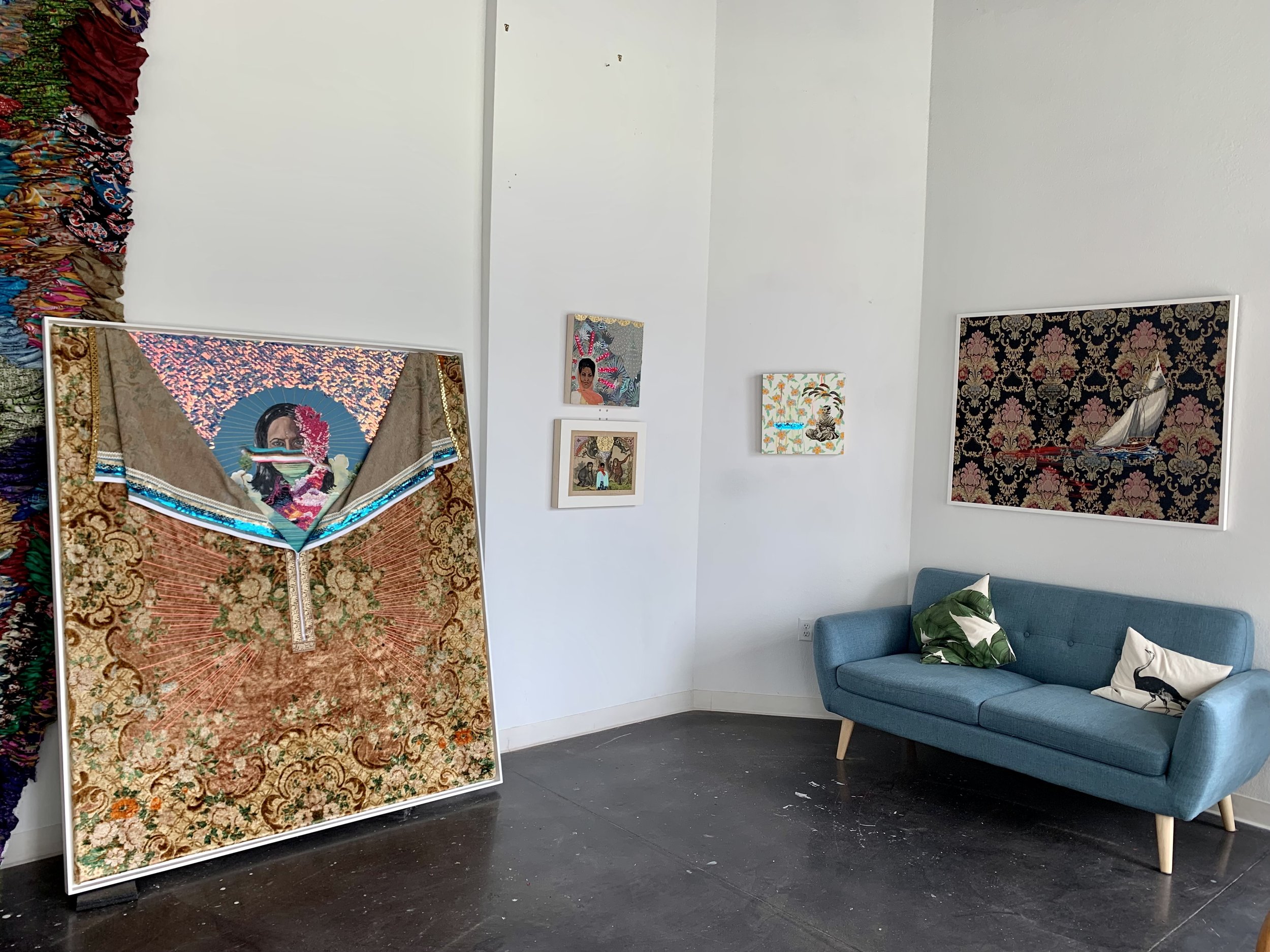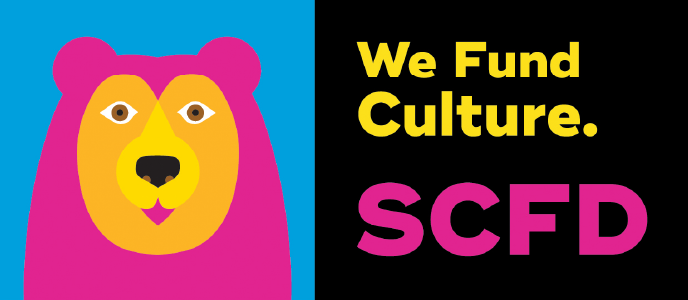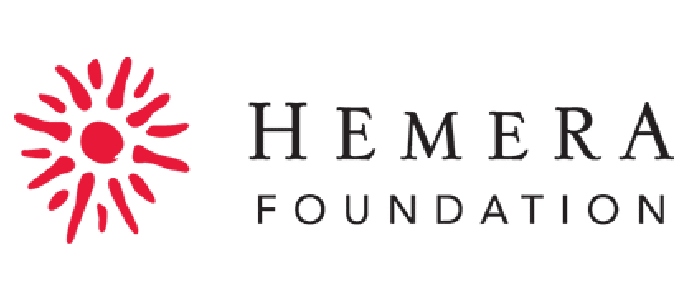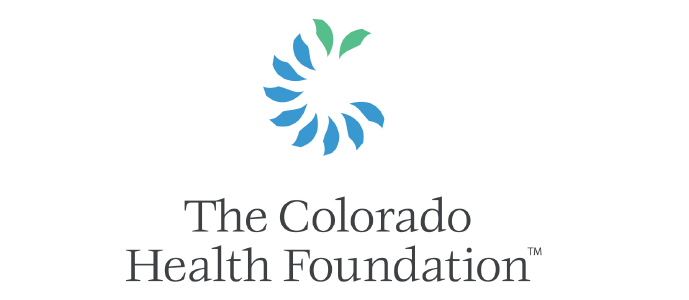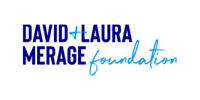Similar to our in-house Resident Artist program, RedLine is the steward of affordable satellite studio spaces across Denver.
The mission of our Satellite Studio spaces is to provide local emerging and mid-career artists an affordable studio space to grow their practice and connect with the arts community.
Access to affordable studio space not only allows artists to maintain the traction they gain while in-residence at RedLine, but also allows them to continue living and working as an artist in Denver.
RedLine’s First Satellite Studio: Medici Studios
We secured the first satellite studio space at the base of the Medici Project on 3773 Walnut Street. Now under a 5 year memorandum of understanding, RedLine worked with the property owner to provide a studio space for Resident Artist alumni Suchitra Mattai.
Mattai frequently hosts studio visits with the condo community that sits above her studio, and employs an open studio policy for people in the neighborhood to visit and learn about her practice. This activates street level retail space, and engages the community on multiple levels.
As an alumni to RedLine’s Resident Artist program, Mattai carries the values and culture that RedLine’s residency fosters: supporting artists who understand the importance of connecting with community, building relationships, and creating access to arts through dialogue and an open studio format.
We recently sat down with Mattai in her studio to talk about her experience as a Resident Artist at RedLine and how her satellite studio has helped to elevate her arts career.
What was your experience like as a Resident Artist at RedLine?
I was a resident at RedLine from 2014 to 2016, and it was really a monumental experience for me. I had been working pretty much in isolation, and then joining the RedLine community was really something for me because I met other artists.
I had an amazing studio space and I really let my practice be experimental because the space allowed for that, and the community allowed for that. And I felt that I had a lot of opportunities for showing, and for exhibiting and for really pushing my work in different directions.
How did you discover RedLine when you moved to Denver?
When I first thought about how I could enter the community in Denver, I actually was part of an artist co-op. And then through the co-op, I learned of RedLine.
I also taught at various universities around, adjuncted. I would bring my students to RedLine, and that's how I realized what amazing exhibitions, and the studio spaces that the students could see. That was my entry actually showing and introducing the students to RedLine.
Where did you live prior to RedLine? And how would you say your experiences as an artist has been supported in these two different communities?
Before this, I was in Philadelphia. And most of my decade in Philadelphia, I spent as a student. But the last few years, I was teaching at UPENN as an adjunct professor, but I didn't have a studio. I worked out of my home. And I can honestly say that there were no, now I'm sure it's different, but there were no such offerings.
Philly has a lot of opportunities that have emerged in the last five years. But at the time, there was nothing that I could find that offered me this much, not just space but community and continued support after the residency. Because a lot of residencies don't offer that. You go, you do your residency, you leave. The residency at RedLine continues to give.
After the residency [at RedLine], how did you start to look for studio space and what did that look like?
I started looking for studio space and it was quite challenging of course, just because of the cost of rentals in the neighborhood and in Denver at large. I had a small studio at the Temple, which is pretty close to RedLine. I was on a waitlist there, and then I got a studio there. But the kinds of installations and work that I do are large in scale and it became really challenging to work in just a couple hundred square feet.
And so, I approached Louise a couple years back and I mentioned to her, just at an event, that I was really in need of some larger space and if she knew of anyone who was leasing any properties, or warehouses or any spaces that might work for me. And her eyes lit up and she said, "I'm going to get back to you in a month." I didn't know what that meant exactly, but I knew I trusted her and I believed. And then a couple months later I was in this space!
How has this affordable studio space supported your artistic career?
This studio has been a true pleasure, a gift, and it just has allowed me to think in different ways, to really expand, again, my practice. I've been able to install larger hanging installations. I've actually been able to realize and to put things together before they go to exhibitions, which I never was able to do before.
I basically would make things in a very small space and then hope for the best when they arrived where they were going. Now, I can dream in this space and also put things together with more ease.
It's also allowed me to have the kind of assistance that I need for the larger projects. I can't always install and create the really large works that I make. And so, having a more affordable studio space has allowed me to kind of, again, expand in terms of finding the help that I need.
Not that you’ve been in your satellite studio for two years, how have you seen your practice grow in this space?
The last two years have been a dream for me, really. I've focused on my work for the past six years, just nose to the ground, just working and working without ever thinking any anyone would care. And the last two years have been a dream, like I said, because a lot of opportunities have come about — really great opportunities like museum exhibitions and larger galleries.
That could definitely not have happened if I didn't have a space like this, but also didn't have the kind of community and support that RedLine offers…not just its residents, but its alumni as well.
Why would you encourage artists to apply for RedLine’s Artist Residency this year?
I mentioned that my experience at RedLine means the world to me. Some of the reasons for that are not just, again, the space, the studio, but the community, the experiences, all the events that we get to participate in. And the continued community and family that we nurture through RedLine.
All of that…it feels as though it's really about being part of a larger family more than a network, per se. And I think there's no other art experience that I've had that has been this rewarding.
Anything else you’d like to share?
I've been in Denver for quite some time now, and I've been an artist for quite some time now. And I think it takes a lot of courage to be an artist and to step out and say, "Okay, I'm not doing anything else. I'm just being an artist." I think RedLine is really an amazing catalyst for allowing artists to live and be who they want to be.
I think that, for me, I'll always think of RedLine as one of the most…not just beautiful and welcoming and community-oriented…but supportive and nurturing environment. And I think in my practice, in my career, I'll always point to RedLine as one of the most significant experiences for me.
Apply to be a Resident Artist at RedLine!
Suchitra’s journey at RedLine all started with an application to our Resident Artist program.
As our flagship program, the Resident Artist program offers 2-year residencies for 15-18 emerging, contemporary artists in Colorado. Artist Residents receive fully subsidized studio spaces, mentorship, career development opportunities, and more during their stay.
Are you ready to elevate your arts career? Learn how to apply for our Resident Artist program today! >


